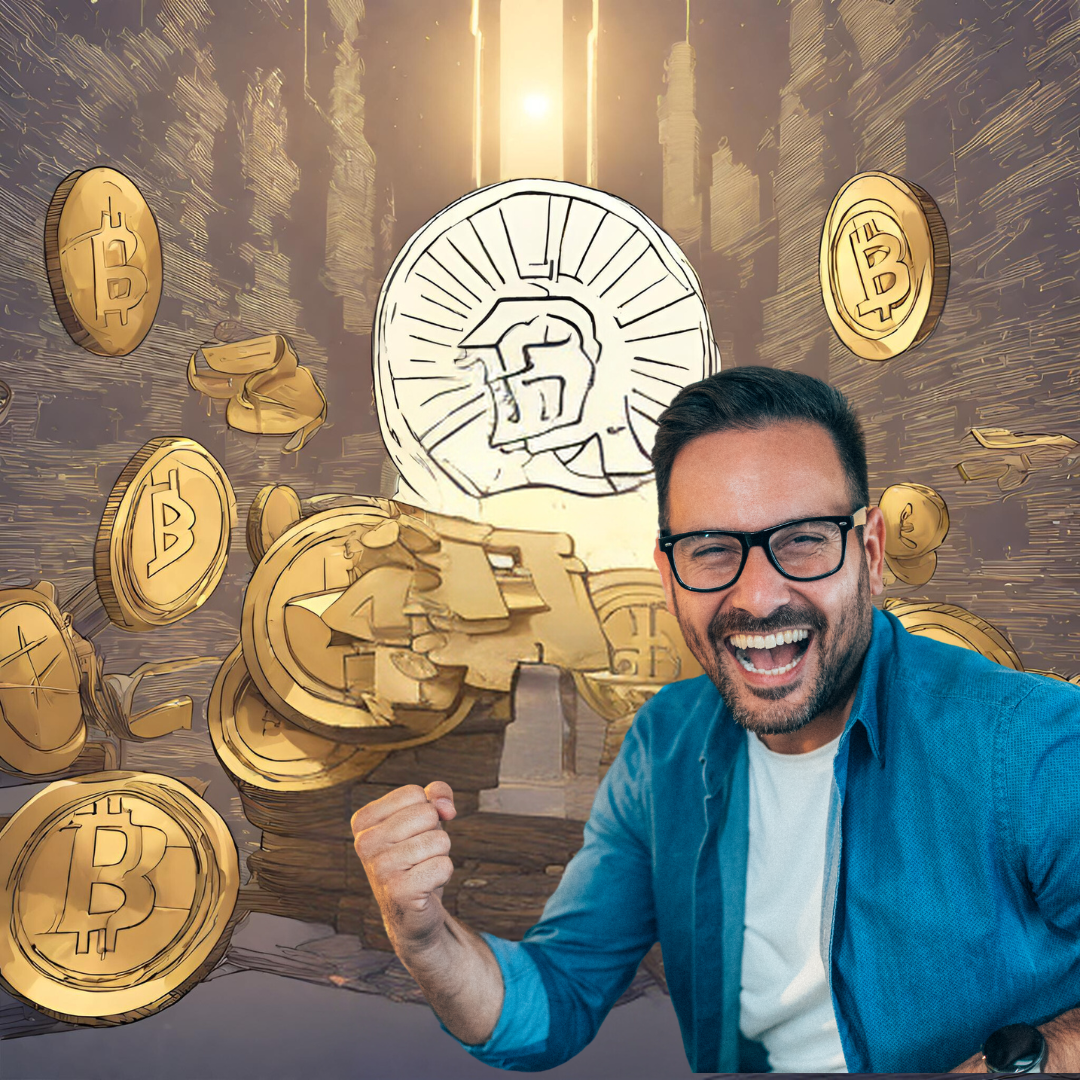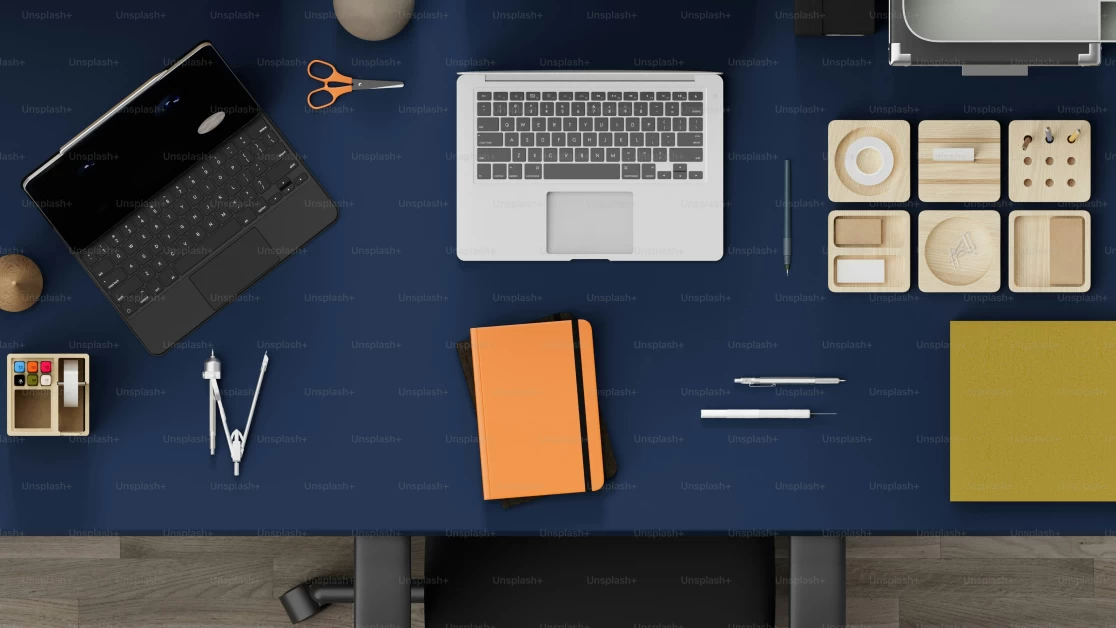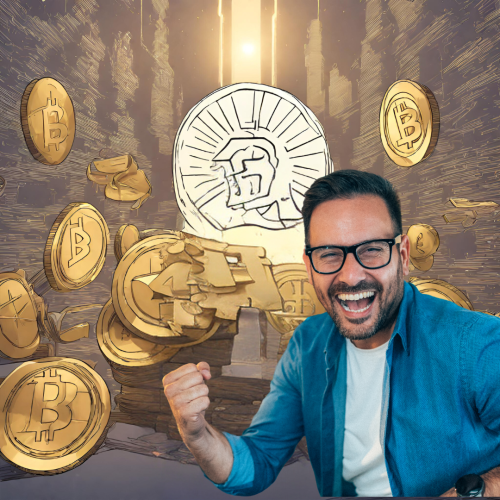Table of Contents
Welcome Back Fellow Artists!
In today’s post, I want to share some of the pros and cons of both digital and traditional art. I have been drawing traditional art for over 40 years and professionally for 28 of them.
My Journey into Digital Art
I started using digital art tools about 15 years ago. My first tablet was a used Intuos 3 by Wacom. My first attempts at digital art were in Adobe Illustrator, and while the art was not great, I found the process to be extremely exciting.
The experience of seeing my artwork scanned into a computer years earlier was magical, and using digital art tools sparked a similar sense of possibility. As someone who had already been using Photoshop, I was eager to combine digital effects with my traditional drawing abilities.
However, it took me a few years to get comfortable with the Intuos 3 tablet. The disconnect between having the tablet on the desk in front of me and looking up at the screen was more awkward than I had hoped. Certain things were easier to draw digitally, while others were frustrating.
The Enlightenment of Digital Drawing
There were two moments of enlightenment I experienced with digital drawing. The first was figuring out the pressure sensitivity (pressure curve), which greatly improved my drawing and painting abilities. The second was finding a program that allowed for screen rotation, which further enhanced my artistic process.
Clip Studio Paint quickly became my favorite program for digital art. It has powerful features for illustrators, including support for 3D models, advanced perspective rulers, and a full book creation feature. Another program I frequently use is Procreate, which is more streamlined and ideal for working on an iPad Pro.
In today’s world, there is no shortage of digital art programs to choose from, both open source and paid versions. The tablets themselves have also improved, offering a drawing and painting experience that is comparable to working on paper.
Pros and Cons of Digital Art
Pros
- Organizing artwork is more efficient.
- Creating full-color artwork from start to finish is easier.
- Digital art is cleaner and allows for better control over resolution.
- Cheaper in the long run than buying traditional art supplies.
- More portable than carrying around art supplies.
- Less likely to lose your artwork, with automatic saving and backup options.
- Easier to create and share videos of the artistic process.
- Files are smaller and more manageable, especially on an iPad Pro.
Cons
- Higher cost of initial entry point for digital art tools.
- Steeper learning curve for art programs and settings.
- Original art is not tangible and can be confused with AI-generated images.
- Devices need to be protected to avoid damage.
- Digital art can be slower when zoomed in too much.
- Digital devices can be distracting, leading to a lack of focus.
The Power of Traditional Art
With the rise of AI-generated images, the perceived value of digital art has changed. Traditional art, on the other hand, has become more valuable in some ways. While AI software may tempt people to rely on technology rather than developing their artistic skills, traditional art remains powerful and unique.
The original art market gains value as scarcity increases. AI-generated art simply cannot compete with the authenticity and human touch of original artwork. Traditional art also elicits a stronger emotional connection from viewers.
Pros and Cons of Traditional Art
Pros
- Original art can be sold and shared with fans.
- Lower cost of entry in the short term.
- Less of a learning curve compared to digital art.
- Traditional art is often more awe-inspiring and creates a stronger connection with viewers.
- It provides a more relaxing artistic experience.
- Free from reliance on companies and programs to create art.
- Can be created even during a power outage.
Cons
- Art supplies can be expensive over time.
- Carrying around art supplies can be cumbersome, especially for colored work.
- Creating process videos is more demanding and results in larger file sizes.
- Traditional art is more vulnerable to loss, theft, and damage.
- Making edits to traditional art can be challenging.
- Sharing traditional art requires a scanner to control resolution and quality.
Finding the Right Balance
So what is the best option? The answer is both digital and traditional art! Finding the right balance and knowing when to use each medium is key.
Experimentation is important, and there are times when starting with a digital sketch and adding traditional techniques or vice versa can yield interesting results. It’s also important to remember the value of traditional art in a world that is becoming increasingly digital.
While digital art offers numerous advantages, such as organization, efficiency, and portability, traditional art offers a tangible experience and a connection to the artist. Both mediums have their merits and can be used to complement each other.
In conclusion, the best tools for creating digital art are the ones that work for you. Balance is essential, and knowing when to unplug and work on something tangible can be a refreshing and relaxing experience. Whether you choose to create digitally, traditionally, or a combination of both, keep making amazing art and enjoy your artistic journey!
Sincerely,
Robert A. Marzullo
Ram Studios Comics







